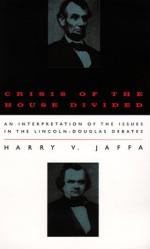|
This section contains 110 words (approx. 1 page at 400 words per page) |

|
Because the poem is written in the Imagist style, there is no actual mention of particular surroundings or setting. Williams does not tell us whether this is a memory or an actual place, or even possibly a dream. Because of our idea of where wheelbarrows and chickens are typically found, readers may likely assume the poem depicts a scene from a farm or country landscape. The vagueness of the setting is integral to the poem's Imagist goals, in which the image itself—the wheelbarrow next to the chickens—is the central element of the poem, and context for the image is only hinted at or altogether absent.
|
This section contains 110 words (approx. 1 page at 400 words per page) |

|




